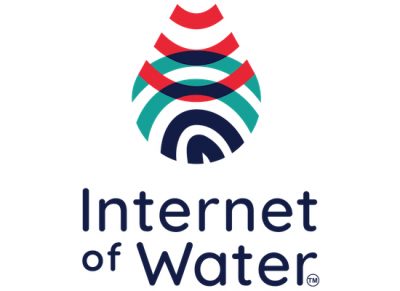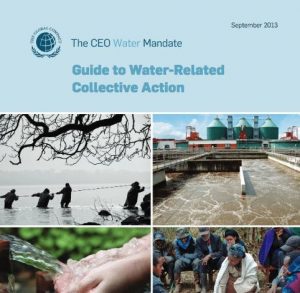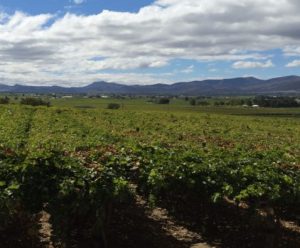Primary Functions
- Find and share water data to inform decision-making and improve outcomes for sustainability.
Detailed Description
The Internet of Water (IoW) is a project currently housed at Duke University’s Nicholas Institute for Environmental Policy Solutions, managed by a small startup team and supported by grants from several philanthropic organizations. By 2021, the IoW project aims to be a self-sustaining network managed by an independent organization.
The IoW envisions a world engaged in sustainable water resource management and stewardship enabled by open, shared, and integrated water data and information. The components of the IoW already exist (producers, hubs, and users), but the work of sharing and integrating data between them is not a primary mission for any of them. But the mission of the IoW is to build a dynamic and voluntary network of communities and institutions to facilitate the opening, sharing, and integration of water data and information.
The IoW is focused on facilitating and strengthening the connections between these entities to ensure sufficient, usable water data is available at our fingertips. We work with:
- Data producers: These entities have authority over the data they are collecting, and they are collecting data for a specific purpose. For instance, a water utility collects data to meet EPA reporting requirements to ensure water is safe to drink.
- Data hubs: These entities provide a formalized, structured source of water data. Hubs may also produce data. The U.S. Geological Survey (USGS) is an agency that collects data from stream gages and groundwater wells and provides those data to users through an online portal. State agencies are typically both data producers and hubs. There are also neutral hubs that do not create data, but pull data from producers via portals, such as the National Groundwater Monitoring Network Portal.
- Data users: These entities use water data to create value. Primary data users are the producers who use the data they collect to meet a specific mission (such as an irrigator collecting soil moisture samples to know how much water to apply to crops). Secondary data users create value by combining multiple types of data to address other problems or needs (such as developing regional plans for aquifer recharge).





